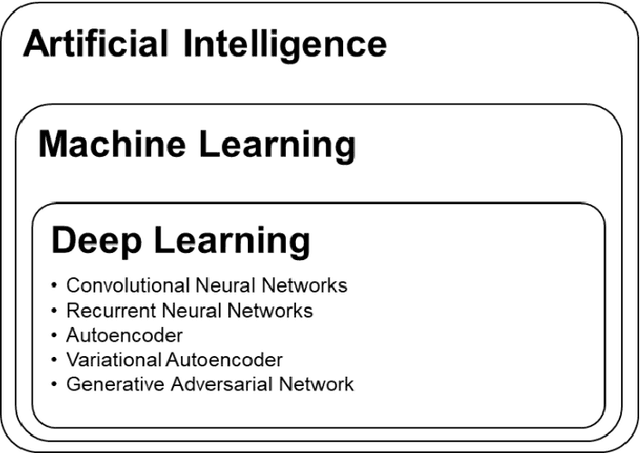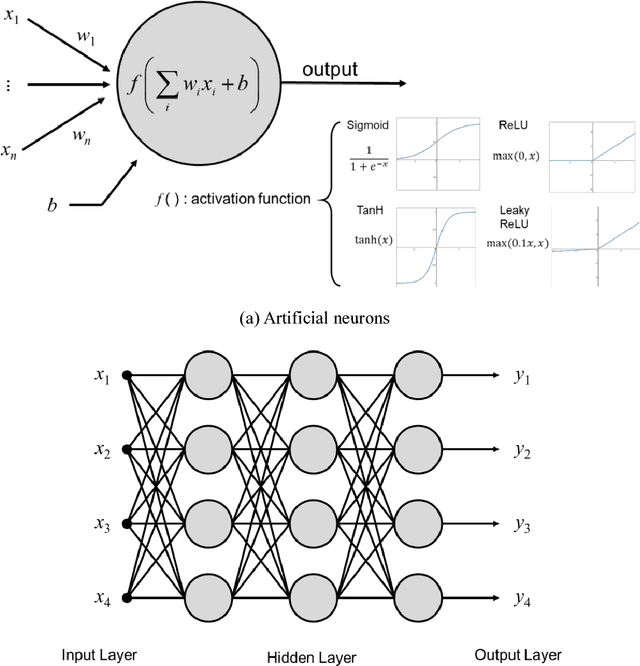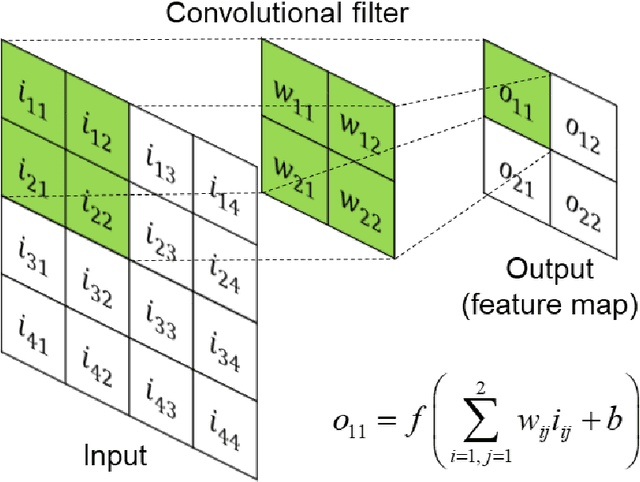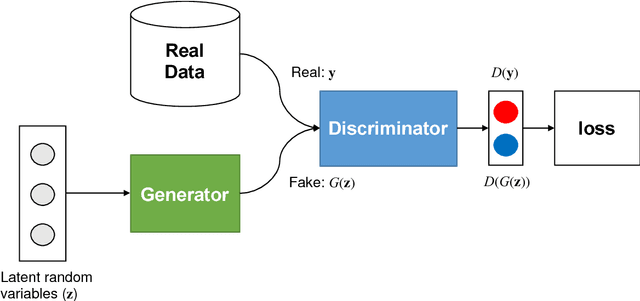Taeil Hur
Simplifying Formal Proof-Generating Models with ChatGPT and Basic Searching Techniques
Feb 05, 2025Abstract:The challenge of formal proof generation has a rich history, but with modern techniques, we may finally be at the stage of making actual progress in real-life mathematical problems. This paper explores the integration of ChatGPT and basic searching techniques to simplify generating formal proofs, with a particular focus on the miniF2F dataset. We demonstrate how combining a large language model like ChatGPT with a formal language such as Lean, which has the added advantage of being verifiable, enhances the efficiency and accessibility of formal proof generation. Despite its simplicity, our best-performing Lean-based model surpasses all known benchmarks with a 31.15% pass rate. We extend our experiments to include other datasets and employ alternative language models, showcasing our models' comparable performance in diverse settings and allowing for a more nuanced analysis of our results. Our findings offer insights into AI-assisted formal proof generation, suggesting a promising direction for future research in formal mathematical proof.
Laplacian Pyramid-like Autoencoder
Aug 26, 2022Abstract:In this paper, we develop the Laplacian pyramid-like autoencoder (LPAE) by adding the Laplacian pyramid (LP) concept widely used to analyze images in Signal Processing. LPAE decomposes an image into the approximation image and the detail image in the encoder part and then tries to reconstruct the original image in the decoder part using the two components. We use LPAE for experiments on classifications and super-resolution areas. Using the detail image and the smaller-sized approximation image as inputs of a classification network, our LPAE makes the model lighter. Moreover, we show that the performance of the connected classification networks has remained substantially high. In a super-resolution area, we show that the decoder part gets a high-quality reconstruction image by setting to resemble the structure of LP. Consequently, LPAE improves the original results by combining the decoder part of the autoencoder and the super-resolution network.
* 20 pages, 3 figures, 5 tables, Science and Information Conference 2022, Intelligent Computing
Deep learning for determining a near-optimal topological design without any iteration
Sep 22, 2018



Abstract:In this study, we propose a novel deep learning-based method to predict an optimized structure for a given boundary condition and optimization setting without using any iterative scheme. For this purpose, first, using open-source topology optimization code, datasets of the optimized structures paired with the corresponding information on boundary conditions and optimization settings are generated at low (32 x 32) and high (128 x 128) resolutions. To construct the artificial neural network for the proposed method, a convolutional neural network (CNN)-based encoder and decoder network is trained using the training dataset generated at low resolution. Then, as a two-stage refinement, the conditional generative adversarial network (cGAN) is trained with the optimized structures paired at both low and high resolutions, and is connected to the trained CNN-based encoder and decoder network. The performance evaluation results of the integrated network demonstrate that the proposed method can determine a near-optimal structure in terms of pixel values and compliance with negligible computational time.
 Add to Chrome
Add to Chrome Add to Firefox
Add to Firefox Add to Edge
Add to Edge